
Summary
- Piracy in anime impacts revenue streams, threatening industry basics.
- Economic consequences lead to financial strain on the anime industry.
- Fans supporting legal platforms and merchandise can combat anime piracy.
In this modern era, people often enjoy consuming free content. However, when it comes to distributing anime illegally, the repercussions aren’t merely a single click away. Piracy not only slows down the income streams of anime and endangers the very foundations of the industry, but it also has far-reaching effects. This includes the initial work of animators, the intricate operations of server farms, and the strategic approaches of streaming platforms – all of which are significantly impacted.
Watching what appears to be unlicensed anime might sometimes result in severe repercussions, as it’s crucial to consider the larger context. The creative and cultural animation industry faces numerous challenges that could jeopardize its survival and advancement. As we delve deeper, let’s explore how piracy impacts various aspects of the anime world and why it’s essential for anime enthusiasts to combat it.
Understanding Anime Piracy
The Temptation of Free Access
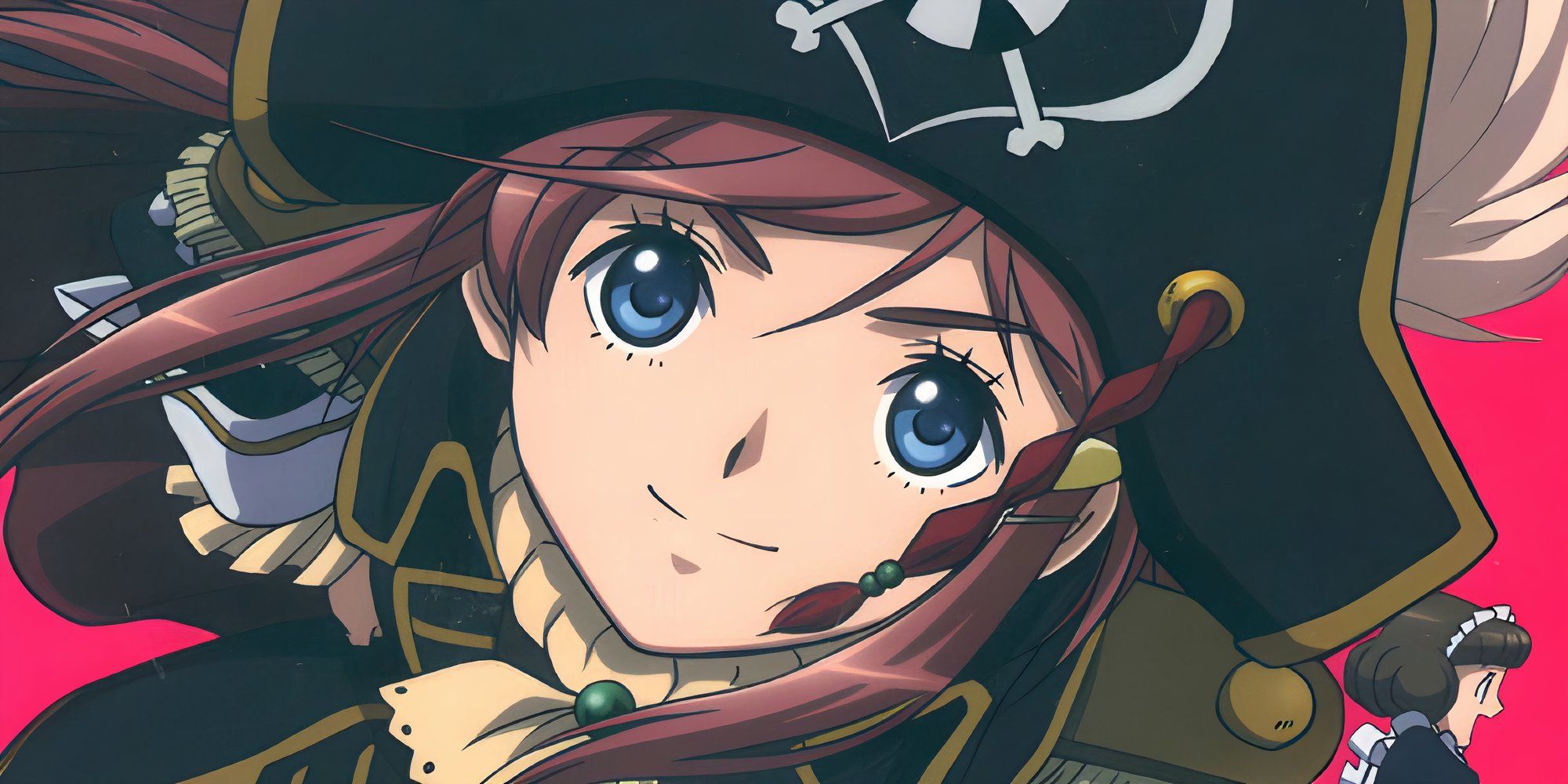
In the world of anime, piracy refers to illegally accessing, sharing, or using anime content without proper permissions. This can take various forms, such as streaming episodes on unauthorized cyber platforms, downloading content from illegal websites, or purchasing counterfeit DVDs and merchandise. Instead of following standard procedures to ensure that the artists and studios behind these works receive their rightful compensation, these activities bypass these established channels.
Anime piracy is widespread due to several factors. Firstly, some regions may not get the newest anime episodes as quickly as other parts of the world, leading people to resort to illicit streaming. Secondly, the cost of legal subscriptions might be too high for some individuals, prompting them to opt for unauthorized copies instead. However, these actions do not benefit the industry or its stakeholders in any way.
Free Stuff Means No Salaries
Financial Strain on the Industry

The financial impact of piracy on the anime and manga industries is virtually impossible to quantify, but according to Japan’s Content Overseas Distribution Association (CODA), losses in the fiscal year 2021 alone are estimated to be between 1.9 to 2.2 trillion yen ($14.2 to $16.5 billion). This has resulted in a decline of total revenues for the industry, due to low sales of projects, which in turn restricts funding for new projects, advancements in technology, and above all, the nurturing of talent.
For studios and animators, the repercussions of piracy hit particularly close. Reduced profits might lead to decreased salaries, reduced work hours, or both, with fewer opportunities for exploration in some cases. In all industries, certain jobs can be demanding and stressful; piracy exacerbates this challenge, making it tougher for these creators to continue their passion and financially sustain themselves.
Challenges for Legal Streaming Platforms

It’s worth mentioning that legal streaming services play a crucial role in sharing anime worldwide, such as Crunchyroll. Yet, piracy poses a significant challenge to their functioning. When viewers opt for unauthorized streams instead of subscribing legitimately, it results in decreased subscriptions and financial strain. This predicament forces companies to limit the acquisition of diverse content and hinders investments in platform development as a whole.
Beyond immediate monetary losses from piracy, it also jeopardizes the longevity of legitimate platforms. Reduced funding may hamper these services in acquiring licenses, resulting in a narrow selection of programs for subscribers. Over time, this leads to decreased consumer loyalty and satisfaction, pushing many viewers towards seeking content elsewhere.
The Shift Towards Artificial Intelligence
AI as a Cost-Cutting Measure


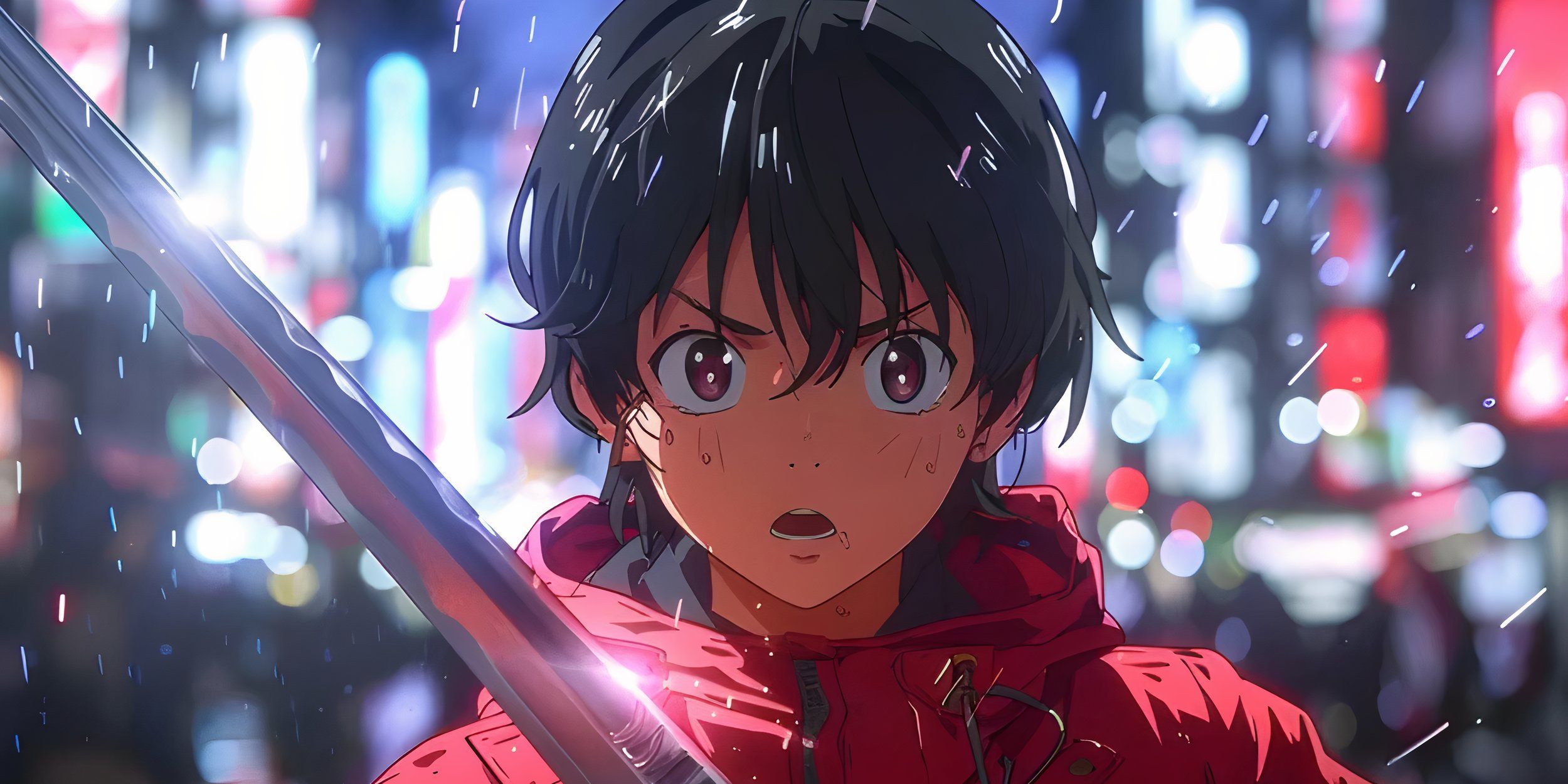
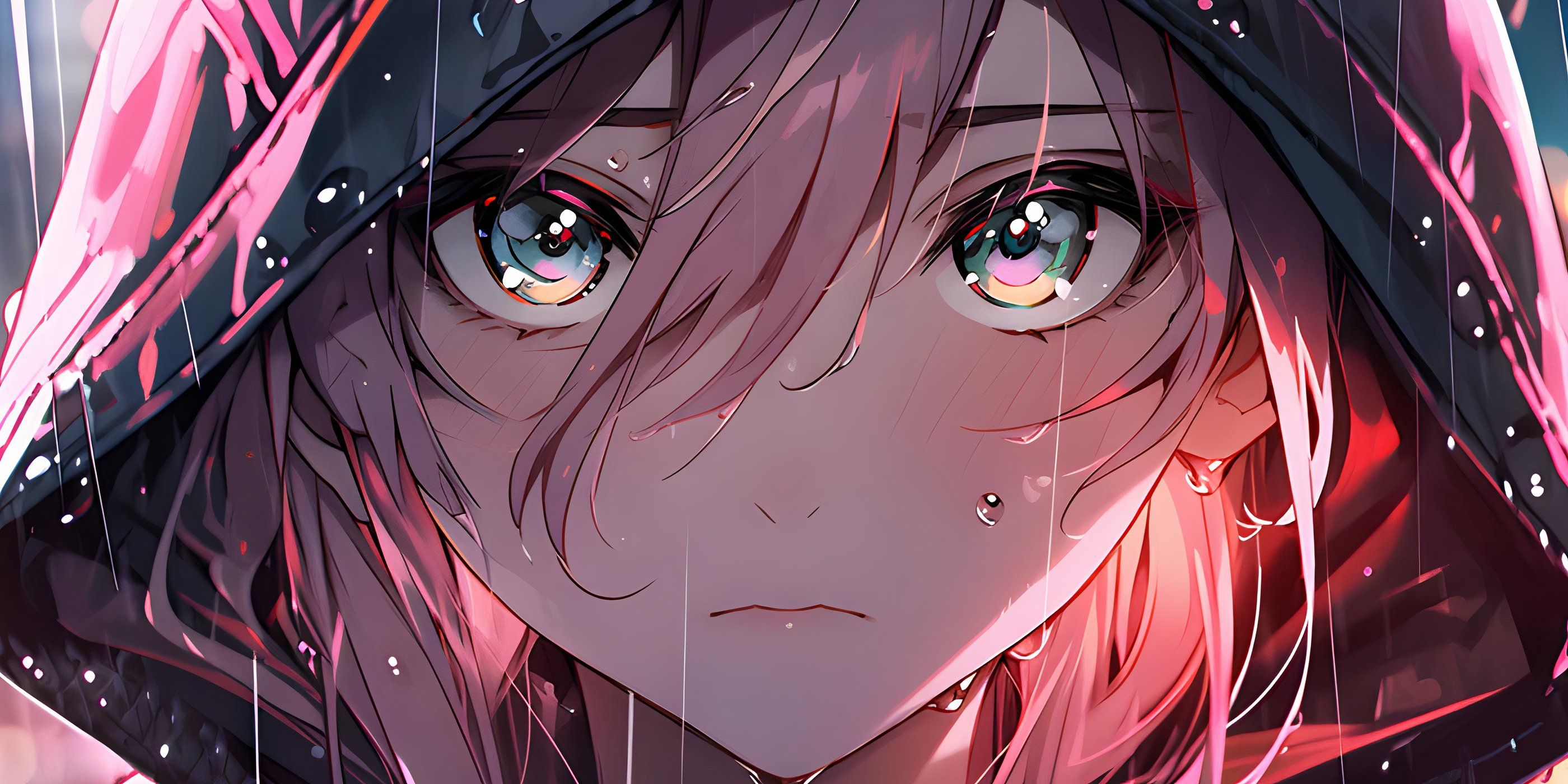
In other words, because of financial challenges, some studios are adopting artificial intelligence (AI) as a cost-saving measure. For instance, AI is being used in certain productions for tasks like scriptwriting and converting photos into backdrops, thereby reducing the need for human artists. While this method seems efficient, it raises concerns about whether such works can truly be considered art when they lack the emotional depth that comes from a human storyteller; there’s no genuine feeling or emotion behind it.
Everything that’s meticulously made and brimming with emotion can be found in anime, traits that are undeniably human. There’s a worry that excessive reliance on AI might strip away these very human qualities, leading to dull visuals and writing. Furthermore, the use of artificial intelligence without consent has sparked controversy among voice actors, with organizations like “NOMORE Unauthorized AI Generation” emerging to combat unauthorized AI-generated voices. The challenge facing the industry is finding a way to advance technologically while preserving its essence.
Atleast There’s A Silver Lining Among All This
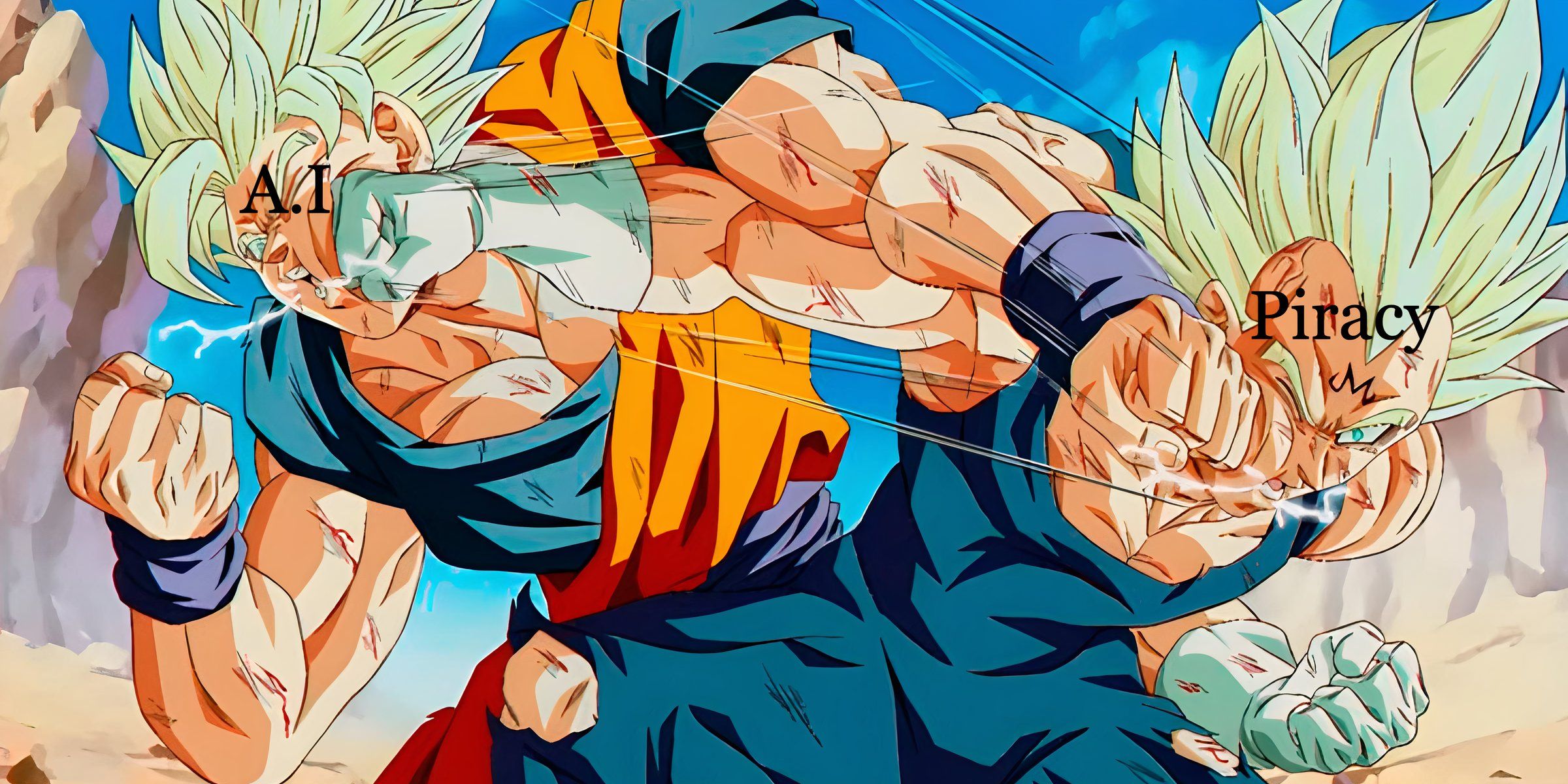
AI technology, rather than being solely associated with negative aspects, also holds potential for positive uses. Recognizing its importance, the Japanese government has launched a 300 million yen ($2 million) trial project aimed at curbing online piracy. This system leverages artificial intelligence to assist in this endeavor. Its primary function is to alleviate the burden on human moderators who are struggling to keep pace with the influx of illegal manga and anime content. Simultaneously, it helps identify and flag such content for removal.
Working closely with the government, private sectors from various industries are taking up the task of eliminating piracy. To establish effective strategies that safeguard intellectual property and ensure legal access to content, partnerships are essential among content creators, distributors, and tech companies. Key contributions in changing consumer behavior come from campaigns that educate consumers about the detrimental impacts of piracy.
Recent Shutdowns of Piracy Sites
A Crackdown on Illegal Platforms
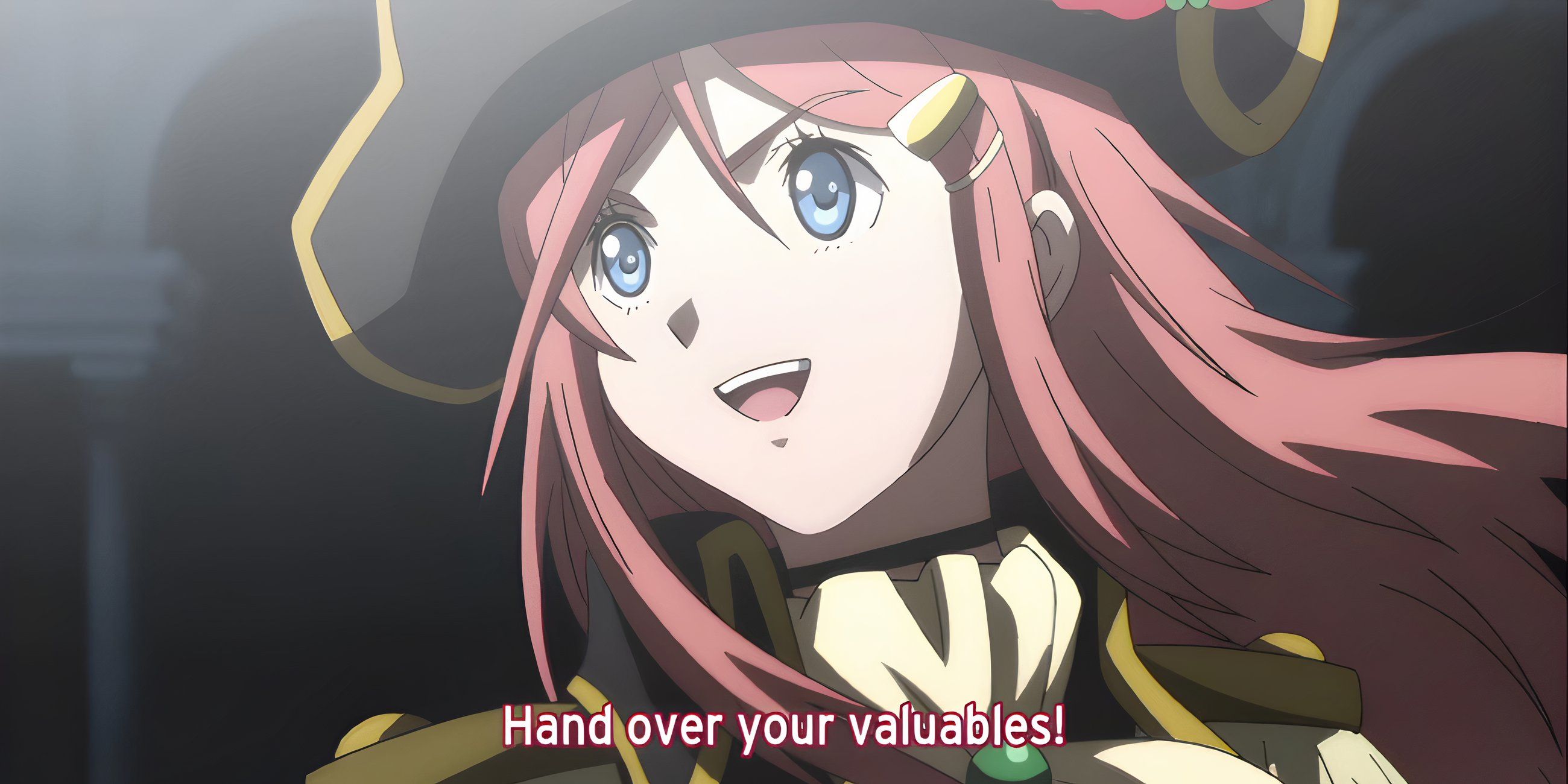
Over the past few years, organizations responsible for safeguarding copyright have stepped up their efforts against anime piracy, resulting in the closure of multiple illicit websites. Sites like KissAnime, which were once filled with unauthorized anime content, have been permanently shut down following legal action. This closure is seen as a victory for the anime industry, as it disrupted major sources of pirated material. However, this doesn’t mark the end of the fight, as new sites are frequently emerging to replace the closed ones.
Hero? No! We Are Pirates! I Love Heroes But I Don’t Wanna Be One!
Actions taken against major piracy hubs demonstrate that some individuals are prepared to engage in illegal content dissemination. While these measures safeguard the rights of creators, they also highlight the challenges in locating legitimate resources. Previous subscribers who resorted to these methods due to geographical restrictions or high costs may now struggle to find legal ways to view their preferred shows. As a result, both studios and streaming platforms are striving to provide lawful anime access for everyone globally.
How Fans Can Help Combat Anime Piracy
Supporting Legal Platforms and Merchandising
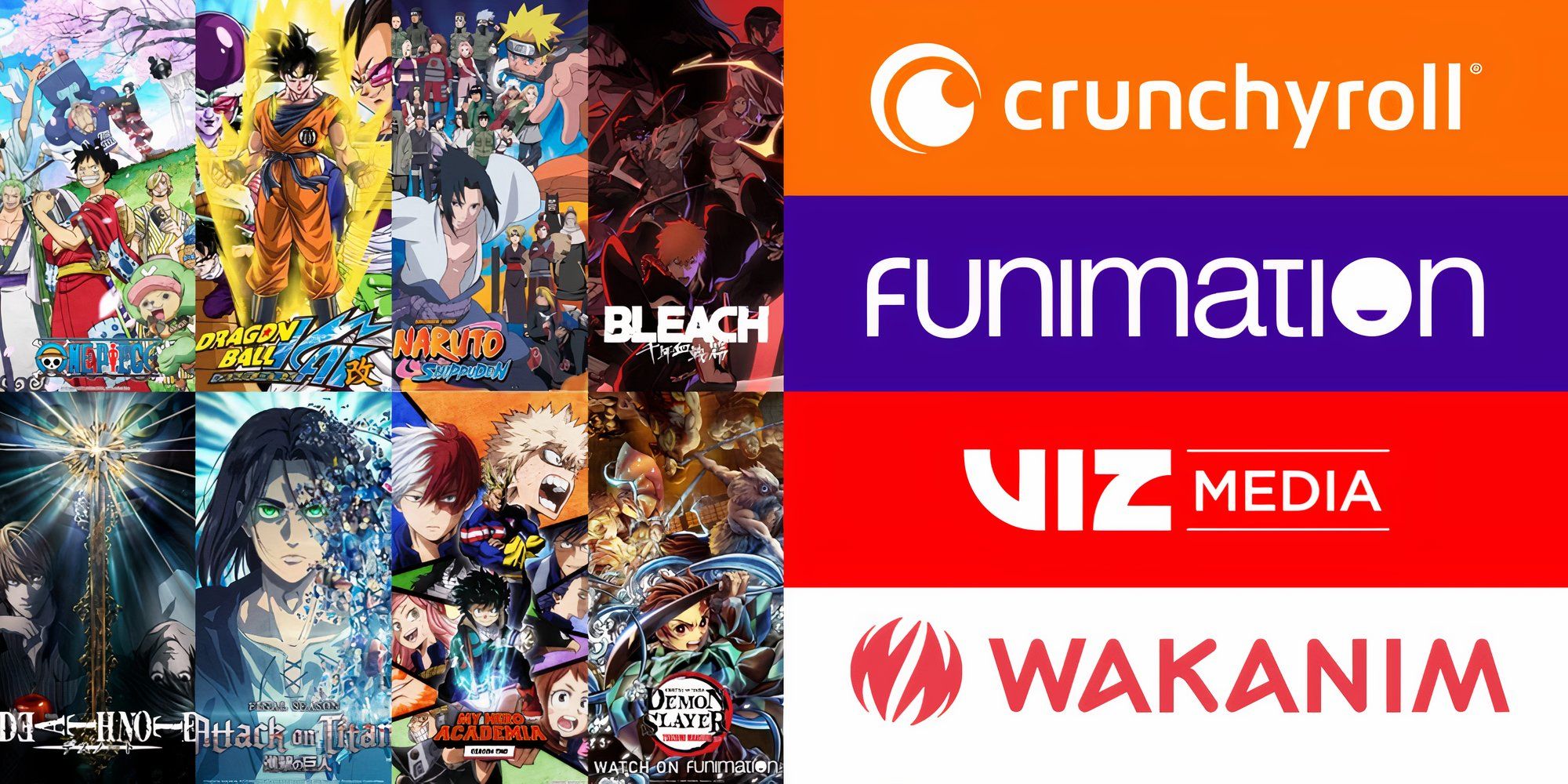
To combat anime piracy, which is a significant issue in the anime community, fans can take several steps to support official channels:
1. Stream anime from legitimate platforms like Crunchyroll, Funimation, or Netflix, which ensure that creators such as artists, animators, and voice actors receive fair compensation for their work.
2. Fans may also consider purchasing merchandise such as T-shirts, mugs, posters, or other official accessories, DVDs, or Blu-rays to directly support the industry and its creators.
3. Each subscription or purchase made by fans contributes to the industry’s revenue, enabling it to continue producing new content.
As an enthusiast, I firmly believe in playing my part in combating piracy. When you’re engrossed in watching videos, it’s crucial to stay informed about the harmful consequences these actions can have, not just for creators, but also for the video-sharing industry at large. Moreover, advocating for fair and accessible justice in these matters is essential. Join conversations, sign petitions, or simply report issues directly to studios – every action counts towards bringing about change. If we truly want more captivating studios and series that resonate with us to thrive, let’s work together and take meaningful action.
The Role of Fans in Shaping the Future

Ultimately, it’s the fans who fuel the heart of the anime industry, as they play crucial roles in shaping its direction. There’s a significant distinction between lawful and unlawful methods of content consumption. Supporting licensed merchandise and official releases not only encourages their production but also fosters an ecosystem that nurtures the creation of higher quality content by artists.
Additionally, supporters can contribute to setting up a broader objective of expanding and diversifying the accessibility of anime content. This involves sharing knowledge about beneficial policies promoting fair distribution, voicing opinions on these matters, and raising awareness about the harmful effects of piracy on business. Essentially, fans are preserving an artistic domain for future generations by fostering and defending creativity.
Read More
- Unlock the Ultimate Arsenal: Mastering Loadouts in Assassin’s Creed Shadows
- REPO: How To Fix Client Timeout
- 10 Characters You Won’t Believe Are Coming Back in the Next God of War
- Unaware Atelier Master: New Trailer Reveals April 2025 Fantasy Adventure!
- Unlock Wild Cookie Makeovers with Shroomie Shenanigans Event Guide in Cookie Run: Kingdom!
- 8 Best Souls-Like Games With Co-op
- BTC PREDICTION. BTC cryptocurrency
- All Balatro Cheats (Developer Debug Menu)
- How to Reach 80,000M in Dead Rails
- Top 8 UFC 5 Perks Every Fighter Should Use
2025-01-22 20:55